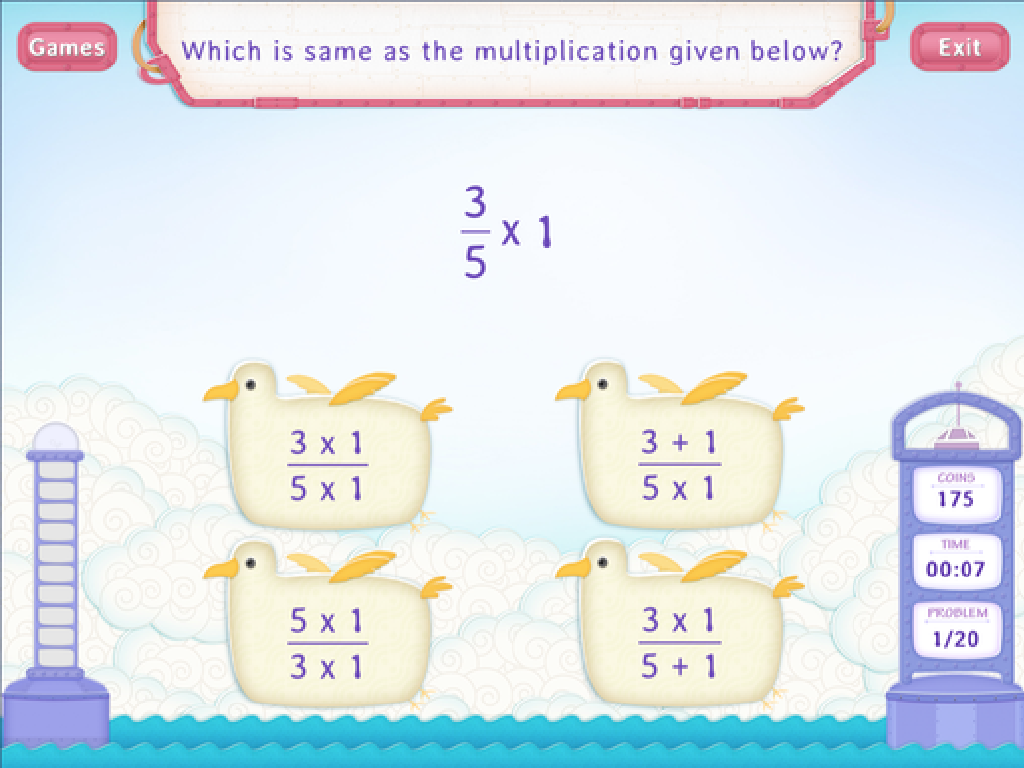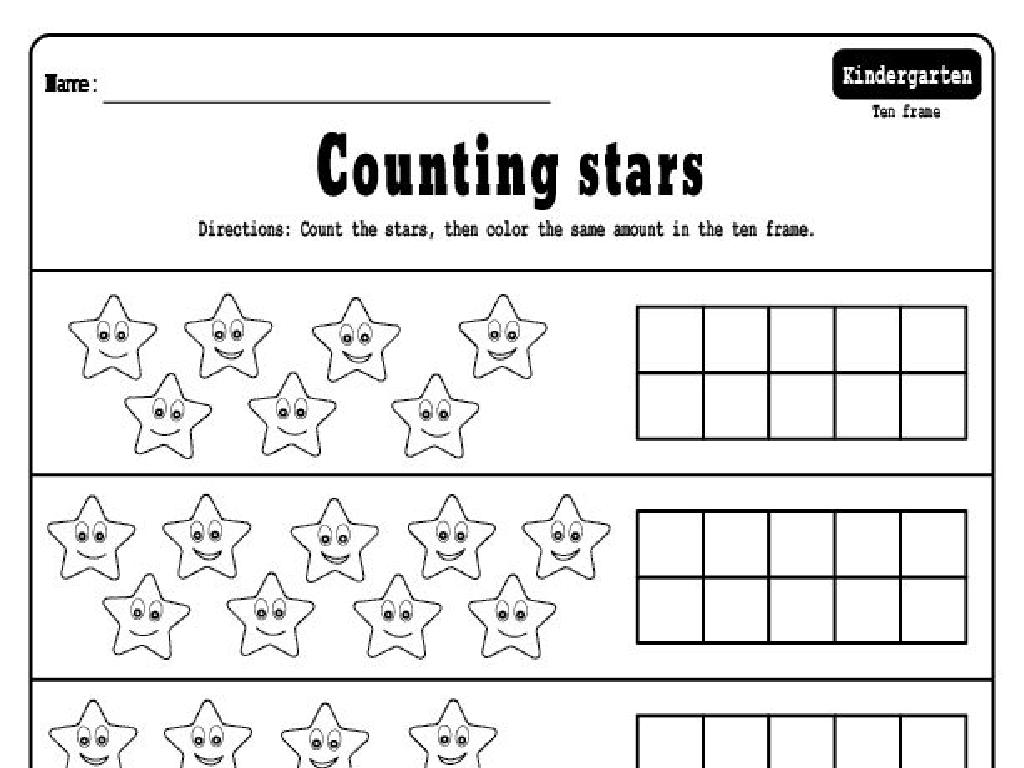The Indus Civilization
Subject: Social studies
Grade: Sixth grade
Topic: Ancient South Asia
Please LOG IN to download the presentation. Access is available to registered users only.
View More Content
Exploring the Indus Civilization
– Unveiling ancient civilizations
– Mapping the Indus Valley
– Find the Indus Valley near the Indus River, present-day Pakistan and northwest India.
– Grasping Indus Civilization’s impact
– One of the world’s earliest urban civilizations, known for advanced city planning.
– Discussing urban planning and architecture
– Harappa and Mohenjo-Daro had sophisticated layouts with streets and drainage systems.
|
This slide introduces students to the concept of ancient civilizations with a focus on the Indus Civilization, a key part of ancient South Asian history. Start by discussing what civilizations are and how they come to be recognized as such. Then, guide students to locate the Indus Valley on a map, emphasizing its geographical significance and the areas it encompassed. Highlight the importance of the Indus Civilization in history, noting its advanced urban planning, architecture, and contributions to culture and technology. Encourage students to think about how this civilization compares to others they may have studied and its lasting impact on the world.
Discovering the Indus Civilization
– Who lived in the Indus Valley?
– An advanced civilization from 3300 BCE to 1300 BCE.
– Explore Harappa and Mohenjo-Daro
– These were the main cities, known for their urban planning.
– Daily life in ancient times
– People had jobs, homes, and a social structure.
– Understanding Indus society
– Learn how they interacted and governed themselves.
|
The Indus Civilization was one of the world’s earliest urban civilizations, thriving in the Indus River basin. Introduce students to the people of the Indus Valley, emphasizing their advancements in urban planning, trade, and society. Highlight the major cities, Harappa and Mohenjo-Daro, and discuss their significance in archaeology. Discuss aspects of daily life such as jobs, family life, and social hierarchy. Encourage students to compare and contrast with modern life. This slide aims to give students a comprehensive overview of the Indus Civilization and its people.
Innovations of the Indus Civilization
– Advanced city planning
– Cities had organized layouts, sewage systems, and brick houses.
– The mysterious Indus script
– A form of writing not yet deciphered but shows complex communication.
– Trade and economic strategies
– Traded goods like cotton textiles and metals with distant regions.
– Contributions to modern society
– Influenced urban planning and trade practices in later cultures.
|
The Indus Civilization was known for its remarkable achievements in urban planning and architecture, with well-organized cities, sophisticated sewage systems, and standardized brick sizes. The Indus script, though still undeciphered, indicates a complex system of communication. Their economy was bolstered by trade, with evidence of goods exchanged with Mesopotamia and other distant lands. The innovations of the Indus Civilization laid foundational concepts for city planning and international trade that influenced future societies. Encourage students to think about how these ancient innovations compare to modern-day practices and to consider the lasting impact of the Indus Civilization on our world today.
Society and Culture of the Indus Civilization
– Social hierarchy in Indus Valley
– Roles were based on jobs like traders, priests, and farmers
– Indus religious beliefs
– Little is known, but artifacts suggest ritual practices
– Art: pottery, seals, jewelry
– Artifacts show skilled craftsmanship and trade
– Cultural significance of artifacts
– Artifacts give us clues about daily life and beliefs
|
This slide explores the societal structure and cultural aspects of the Indus Civilization. Discuss the social hierarchy, which was likely based on occupation, with roles such as traders, priests, and farmers. Highlight the enigmatic nature of Indus religious practices, inferred mainly from archaeological finds rather than written records. Artistic expressions, including pottery, seals, and jewelry, reveal the civilization’s advanced craftsmanship and trade networks. Emphasize the importance of these artifacts in understanding the daily life, social norms, and religious beliefs of the Indus people. Encourage students to think about how objects we use today might inform future generations about our society.
The Decline of the Indus Civilization
– Theories behind the decline
– Climate change, invasions, and natural disasters are possible reasons.
– Impact on future societies
– The urban planning and trade practices influenced later cultures.
– Indus influence on modern world
– Innovations like standardized weights are still in use today.
– Lessons from the Indus Civilization
– Understanding history helps us prepare for future societal challenges.
|
This slide explores the various theories that historians and archaeologists have proposed to explain the decline of the Indus Civilization, such as environmental changes, resource depletion, and external invasions. It also delves into the civilization’s lasting impact on subsequent cultures, particularly in areas such as urban planning, trade, and the standardization of weights and measures. By connecting the past to the present, students can reflect on how the achievements and challenges of ancient societies are still relevant today and how learning from history can provide valuable insights for current and future societal development. Encourage students to think critically about how the lessons from the Indus Civilization might apply to our world now.
Class Activity: Be an Indus Valley Trader
– Split into groups, represent a city-state
– Discuss goods to trade and reasons
– Consider resources like cotton, spices, or metals
– Develop your group’s trade strategy
– Think about what makes a trade strategy successful
– Present your strategy to the class
|
This activity is designed to engage students with the economic aspects of the Indus Civilization by simulating trade between city-states. Divide the class into small groups, assigning each the role of a different city-state. Each group will discuss and decide on the goods their city-state has to offer, such as cotton, spices, or metals, and what they would want in exchange. They should consider the reasons behind their choices, focusing on the concepts of supply and demand, trade routes, and negotiation tactics. After the discussion, each group will develop a trade strategy and present it to the class, explaining their decisions and the expected outcomes. Possible activities for different students could include creating a trade route map, negotiating with other groups, or acting out a trade scenario. The teacher should facilitate the activity by providing historical context and ensuring each group understands the task.






